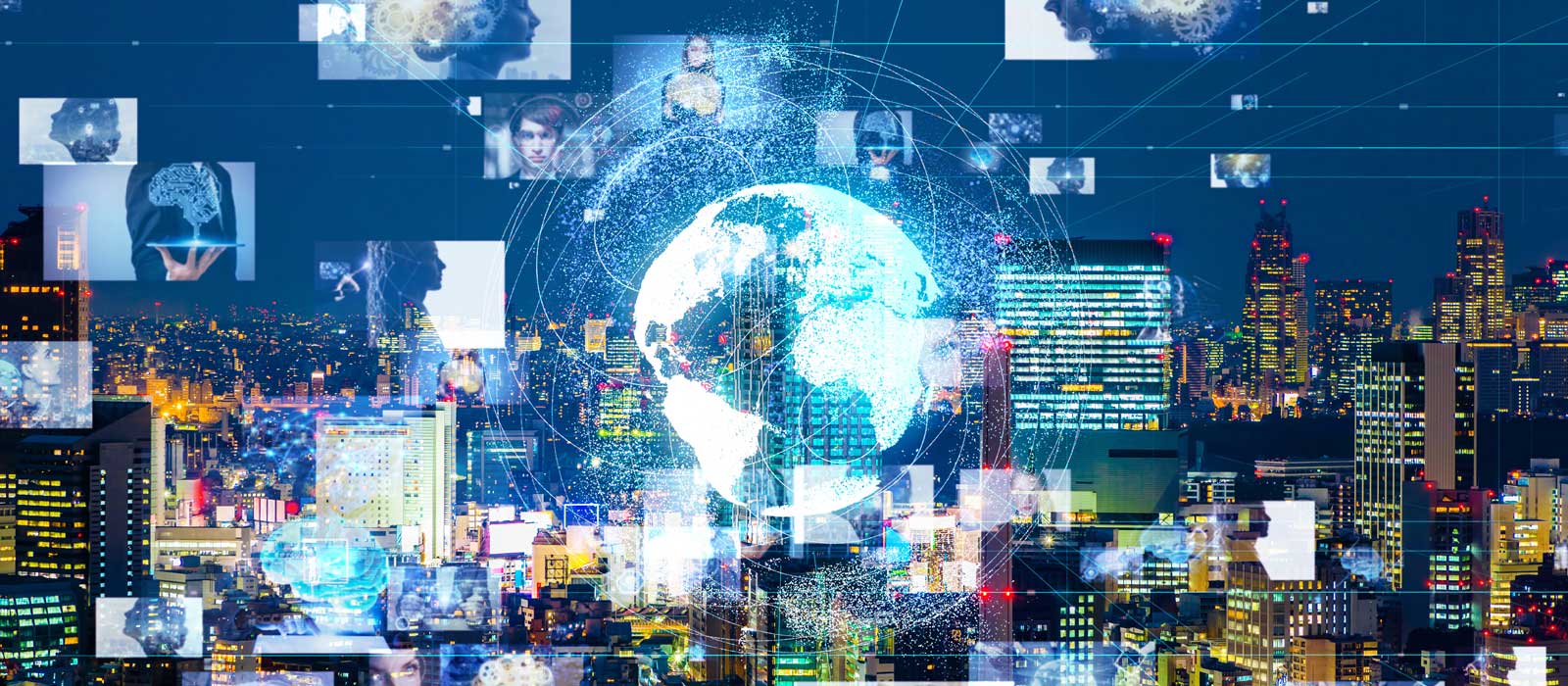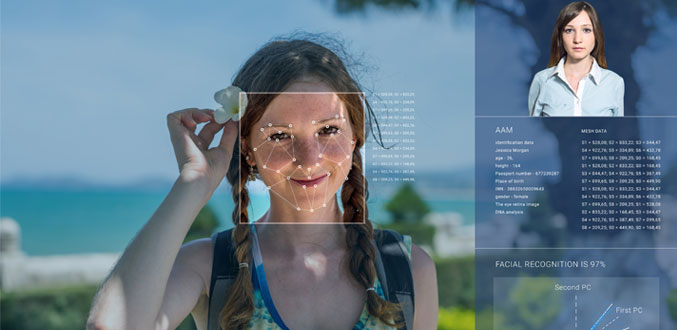
06 Aug Image Recognition as a Tool for Smart Cities
Digital transformation pertains to usage of digital technologies to improve a process to become more efficient and effective. Digital transformation through machine vision and deep learning have matured to become essential tools for cities that are committed to become Smart Cities. This article aims to explain how artificial intelligence (AI), through image recognition, can play an important role in the digital transformation of a city aspiring to become smart.
Smart City Basics
To gain insights a typical smart city would collect data from humans, devices, and assets. Analyzing these large datasets cities can optimize traffic, achieve energy efficiency, develop information systems, and optimize waste management. Smart city initiatives can also leverage technology to drive operational productivity and preserve public safety by integrating image recognition capabilities. For instance, implementation of image recognition along with machine learning allows city officials to detect traffic jams, parking violations, weather patterns, and much more. Such an initiative would require a robust image recognition system that can learn from the patterns and deliver the output on a dashboard through APIs.

Smart Cities and Image Recognition
The following use-cases delineate the importance of image recognition in improving smart city initiatives:
- Computer vision and image recognition: Globally there has been much effort to make urban areas more efficient by using sensors, cameras, Internet of Things (IoT) devices, and advanced AI software. The problem arises when IoT devices are not able to connect to the internet. Using in-network computing, the problem can be solved. A robust image recognition software system applied in-network can resolve lack-of-connectivity issues by learning from the patterns and delivering the processed data where it needs to go.
Another advantage of in-network computing is the ability to transfer data from source to endpoint in real time. Image recognition and other APIs are more powerful tools than the legacy data steaming techniques typically utilized by cities. An in-network image recognition system allows us to deploy and run the processing on the network while the data is in motion. The output derived from the data can then be delivered to a dashboard or to a designated alert system.
- Find missing children or victims of human trafficking: Cities use analysis of recorded video to identify, track, and recover missing persons. Adding a reference photo of a missing child or victims of human trafficking to the face recognition database can significantly accelerate technology operators’ efforts by matching it with past appearances from a video feed. Using face recognition, the approximate time and the last known location of the missing person can be identified, providing valuable investigative information to law enforcement. Moreover, such systems can be configured to trigger an alert whenever a face match occurs within a video feed, thereby allowing rapid deployment of responders to recover the missing person or the victim of human trafficking.
- Controlling access to secured zones: Smart cities can leverage face recognition as one form of identification while implementing access control to sensitive areas such as government buildings, power plants, water reservoirs, etc.
The use-cases described above are only a few examples of implementation of image recognition for a smart city. Advances in (AI) allows applications to increasingly incorporate image recognition capabilities to identify objects and faces and to improve efficiency in asset management, information systems and optimized solutions, thereby making a smart city smarter.

